Dōnghé Theater 東和戲院 is an obscure ruin in Shuangxi, a former mining town of approximately 8,000 residents in the mountains of eastern New Taipei. Despite its diminutive size and relatively remote location, Shuangxi has a colorful history extending back to the late Qing dynasty era. Its prime location at the confluence of Mudan Creek and the eponymous Shuang River made it an ideal transshipment point for people and goods traveling to and from Ruifang. The surrounding hills also contained rich deposits of gold and coal deposits, sparking a mining boom that peaked in the mid-20th century with dozens of mines and more than 30,000 miners in the area. Two theaters were in business in the 1950s, but the local entertainment industries declined along with the mining industry, and only the ruins of Donghe Theater remain to provide a glimpse into the past. Although it isn’t formally protected, the site has been tidied up and anyone is welcome to wander in and take a look.
No authoritative sources indicate when Donghe Theater was built, although a recent interview with a local resident1 suggest it was established in 1938. This would make it one of a select few theaters established in the late Japanese colonial era; only slightly more than a dozen of these still exist in any form. Presumably it went out of business in the late 1970s or early 1980s, as was common with theaters of this vintage.
Taiwanese director Lín Fúdì 林福地 (commonly romanized as Fu Di Lin) briefly managed Upper Shuangxi Theater 頂雙溪戲院 prior to working on his first feature films in the early 1960s2. In those days there were apparently two theaters in town, but their locations are not known with certainty3, so perhaps it was Donghe Theater he was managing.
Shuangxi was promoted as a low-carbon tourism (accessible by train, easy to navigate by bike or on foot) and slow-travel destination in the mid-2010s, which seems to be around the time this old theater was tidied up for use as a venue and open air museum of sorts. Several of the Taiwanese blogs4 I consulted about this theater seemed to follow this theme. A few of those posts mention an artistic installation in the old theater but I only saw a simple screen setup against the side wall on my first visit. The site was also far more overgrown, although that seems to have been kept in check over the years—it was once again neat and tidy when I revisited in 2023.
A small installation within the grounds of the old theater provide some background information about the red bricks used in its construction. These iconic bricks are branded “TR”, short for Taiwan Renga, the Japanese colonial era company responsible for producing most of the high-quality bricks in Taiwan5. Similar bricks can be seen in many other historic sites from the same time period; have a glance at Khoo Tsu Song Old House in nearby Keelung for an example. The fact that this theater was constructed with TR bricks lends some support to a pre-war origin, and it might also explain a change of names.
For more general information about tourism in Shuangxi I suggest perusing this excellent bicycle blog. Hopefully I will have a few more things to share from my few hours in this sleepy mountain town—but for now, here’s another theater to add to the collection.
- This post features a video dating back to 2019 in which it is claimed that the theater was constructed in 1938. No corroborating sources substantiate this estimate, but it’s certainly plausible based on the developmental history of the town. ↩
- This information is sourced from the Historical Dictionary of Taiwan Cinema and corroborated by this Chinese language article about the director. ↩
- Academia Sinica situates two theaters on this interactive map, both extant in the late Japanese colonial era but neither at the location of Donghe Theater. I’m reasonably certain Shuangxi Theater 雙溪戲院 was located on or close to Cháng’ān Street 長安街, once home to the bustling entertainment district in Shuangxi. ↩
- These links might go bad, but if you’re curious, try here, here, here, and here. ↩
- Taiwan Renga 台灣煉瓦 is actually Japanese, not Chinese; “Renga” is a romanization of the Japanese word for “brick”. More about the history of TR bricks can be found in this Chinese language article. ↩
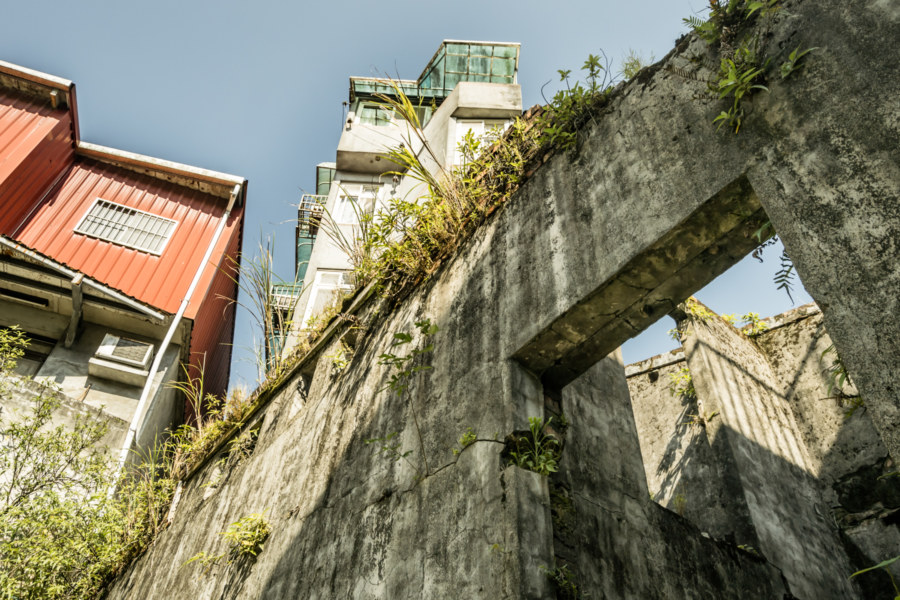
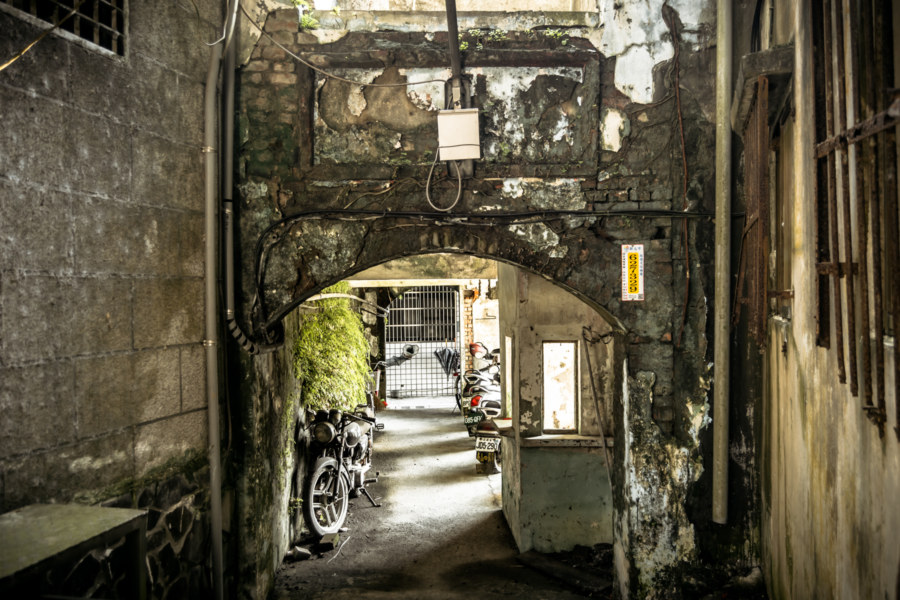
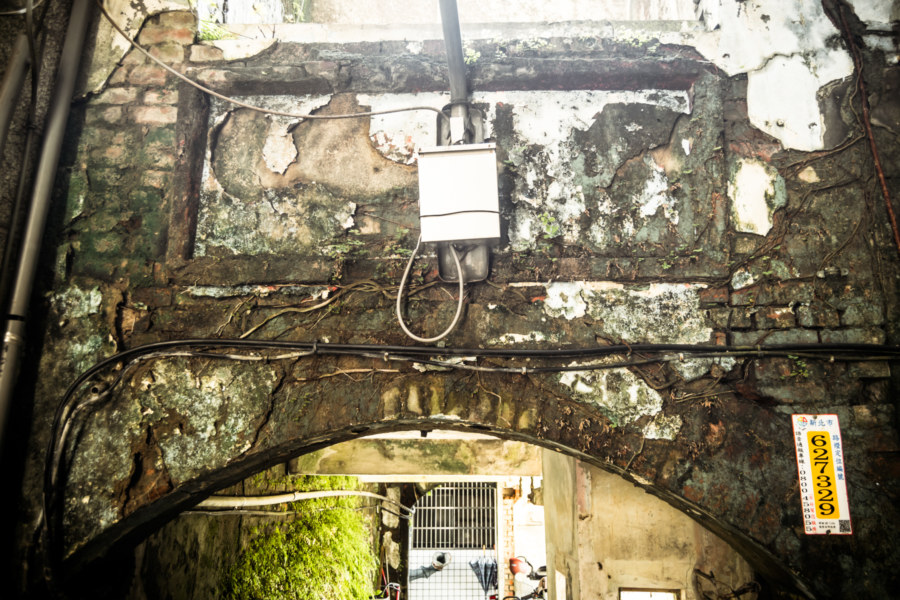
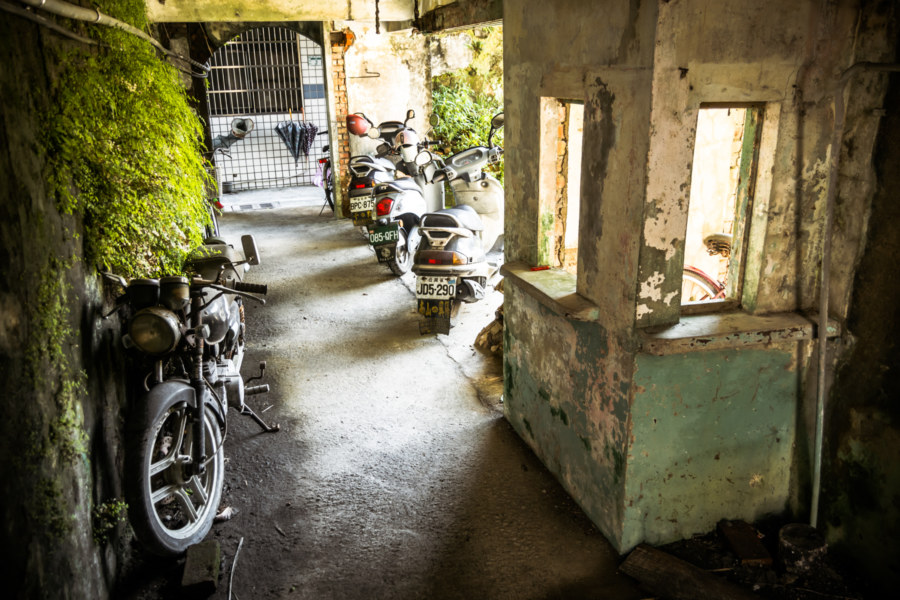
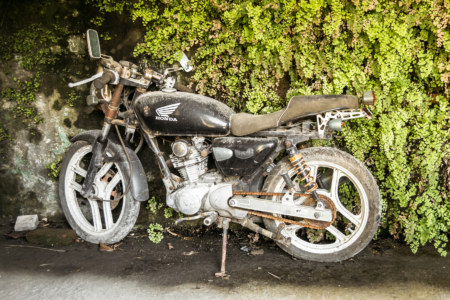
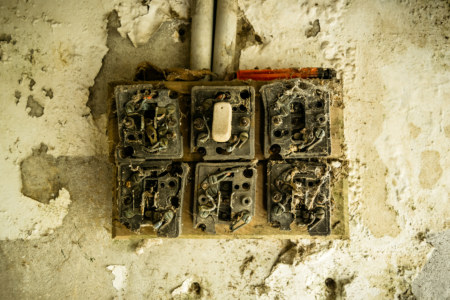
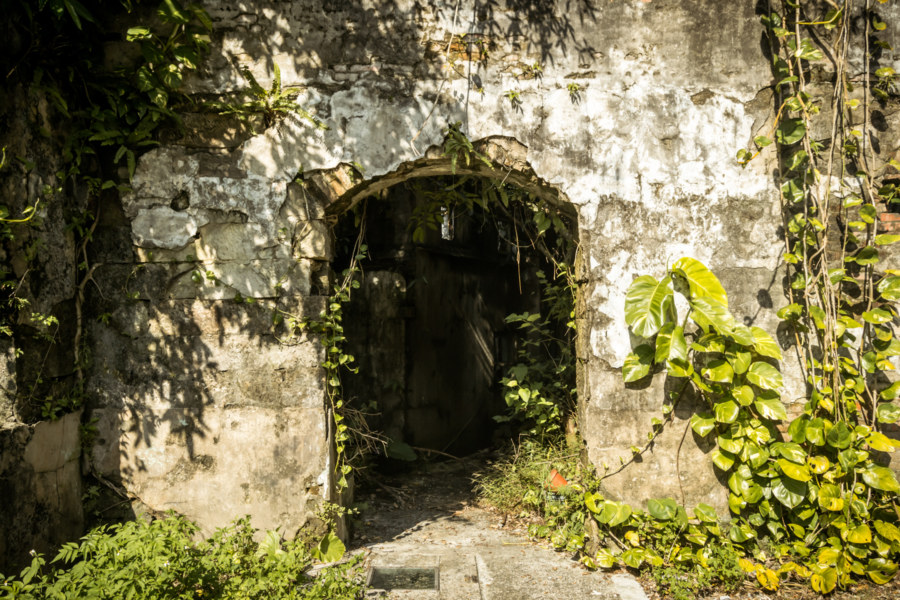
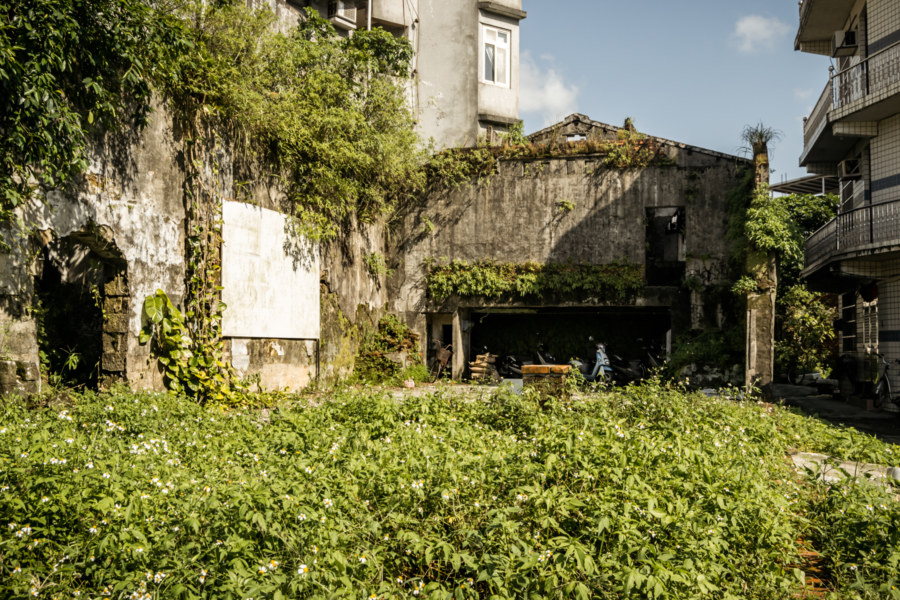
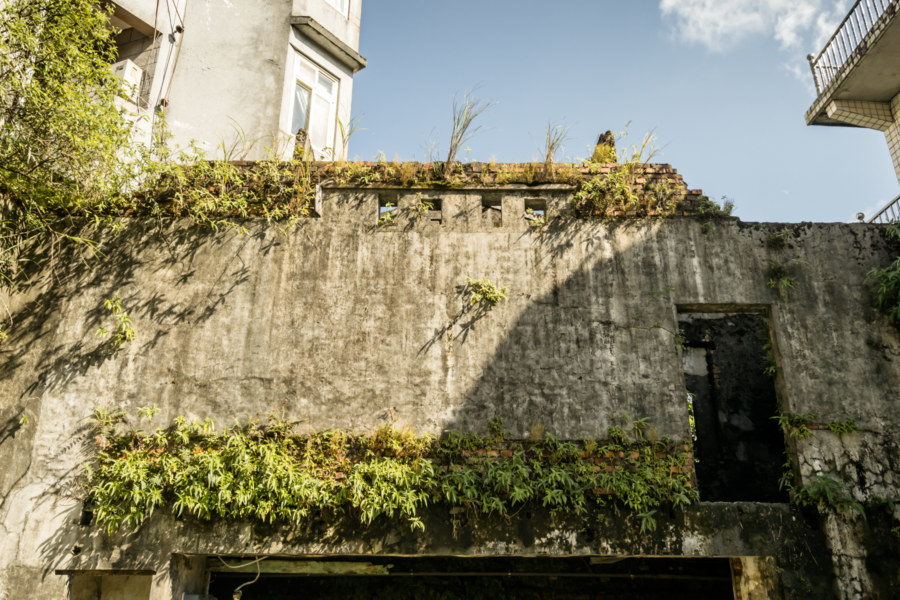
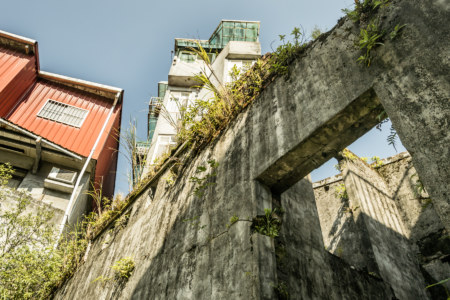
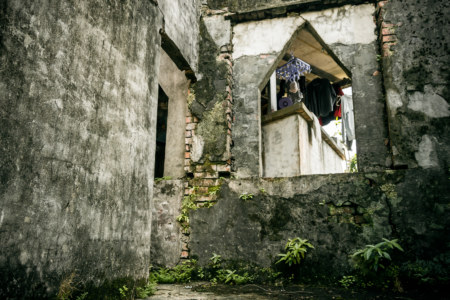
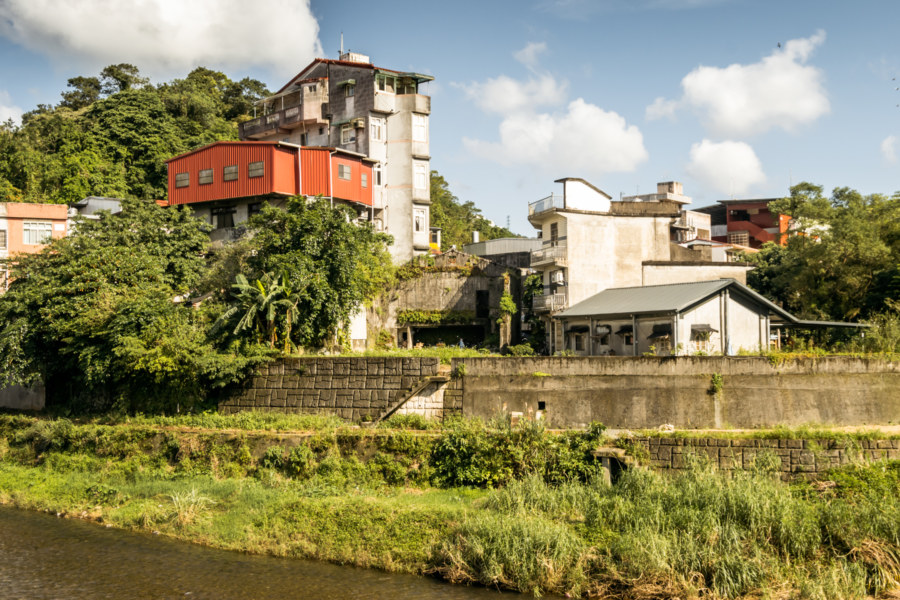
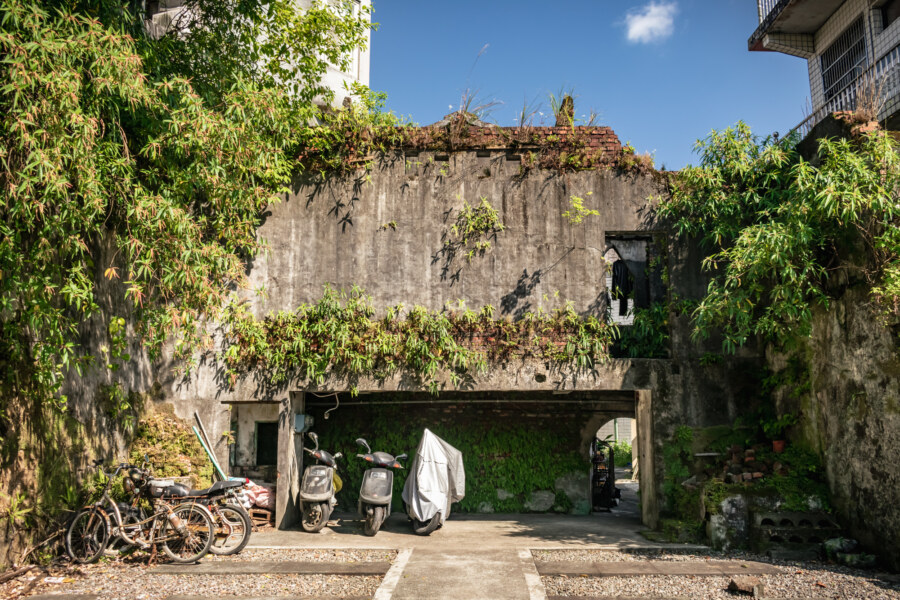
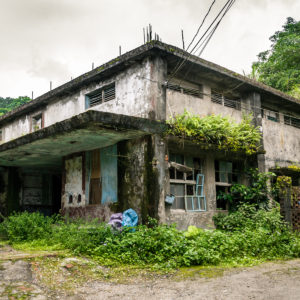
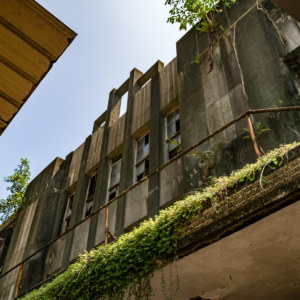
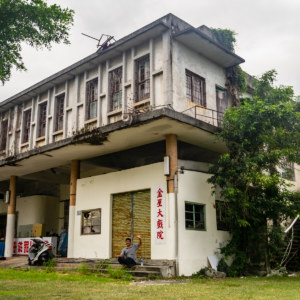
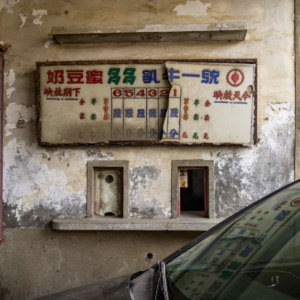
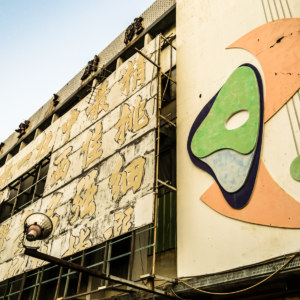
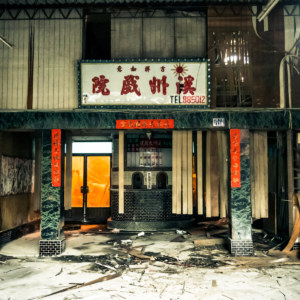
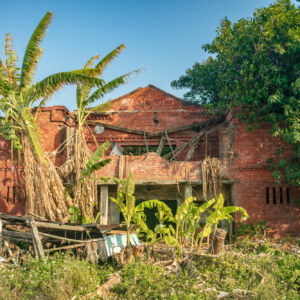
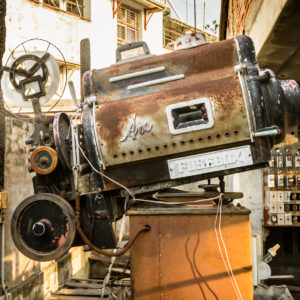
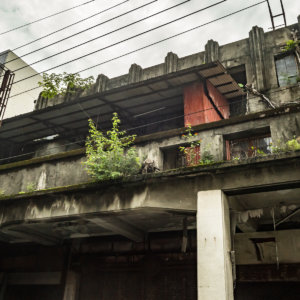
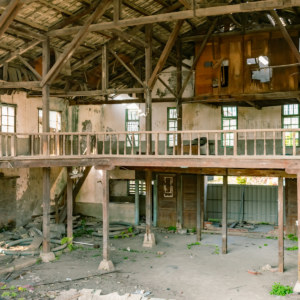
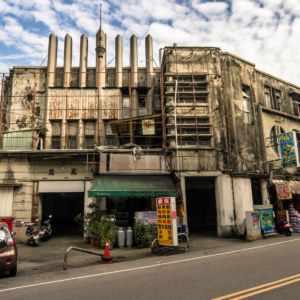
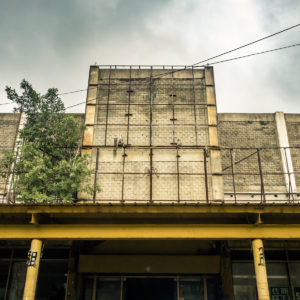
Write a Comment